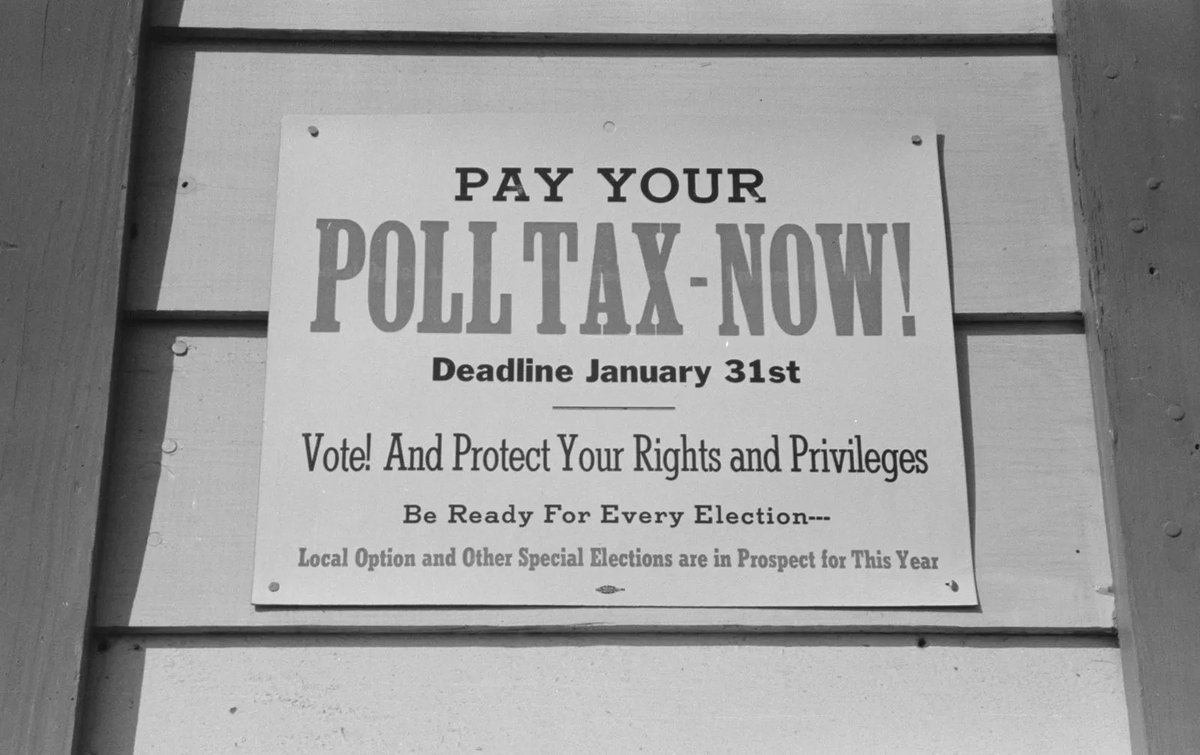
“You must accept the truth from whatever source it comes." - Maimonides
Interested in collaborating? https://t.co/uVyav8rqqm
36 subscribers
How to get URL link on X (Twitter) App


 2/7: When President Donald Trump posted on Truth Social images purporting to show Venezuela’s president, Nicolás Maduro, in U.S. custody—eyes and ears covered, the scene framed as a completed capture—they functioned less as information than as proof. They did not explain a process, establish jurisdiction, or argue a case. They presented domination as already accomplished.
2/7: When President Donald Trump posted on Truth Social images purporting to show Venezuela’s president, Nicolás Maduro, in U.S. custody—eyes and ears covered, the scene framed as a completed capture—they functioned less as information than as proof. They did not explain a process, establish jurisdiction, or argue a case. They presented domination as already accomplished.

 2/4: This morning, January 3, 2026, the world became more dangerous—and less governed by the rule of law.
2/4: This morning, January 3, 2026, the world became more dangerous—and less governed by the rule of law.

 2/4: This guidance did not come from Moscow’s political operatives. It came from a U.S. envoy—advice that helped an adversary prepare for a conversation with the American president at a moment when Ukraine depended on U.S. backing for its survival.
2/4: This guidance did not come from Moscow’s political operatives. It came from a U.S. envoy—advice that helped an adversary prepare for a conversation with the American president at a moment when Ukraine depended on U.S. backing for its survival.

 2/5: Trump frames it as a national honor, but his long record of false claims about 9/11 raises fears of politicization. Local leaders argue the memorial belongs to those who endured the attacks, not to Washington. At stake is whether Ground Zero remains a covenant of memory or becomes a conquest of narrative.
2/5: Trump frames it as a national honor, but his long record of false claims about 9/11 raises fears of politicization. Local leaders argue the memorial belongs to those who endured the attacks, not to Washington. At stake is whether Ground Zero remains a covenant of memory or becomes a conquest of narrative.

 I. The Analogy That Distorts
I. The Analogy That Distorts

 SNAP Isn’t a Bonus — It’s the Business Model
SNAP Isn’t a Bonus — It’s the Business Model

 A Democracy Built on Exclusion
A Democracy Built on Exclusion

 2/11: At first, they dismissed him. The elites, the media, the political class—they thought they could control him. They mocked him as a sideshow, a foolish provocateur, destined to be forgotten.
2/11: At first, they dismissed him. The elites, the media, the political class—they thought they could control him. They mocked him as a sideshow, a foolish provocateur, destined to be forgotten. 

 Epstein Client List Demands
Epstein Client List Demands

 How the System Failed to Stop Him
How the System Failed to Stop Him

 2/11: At first, they dismissed him. The elites, the media, the political class—they thought they could control him. They mocked him as a sideshow, a foolish provocateur, destined to be forgotten.
2/11: At first, they dismissed him. The elites, the media, the political class—they thought they could control him. They mocked him as a sideshow, a foolish provocateur, destined to be forgotten. 

 The Rubicon Was Crossed—And Nothing Stopped It
The Rubicon Was Crossed—And Nothing Stopped It

 Doctrine of Destruction: Trump’s Economic Endgame
Doctrine of Destruction: Trump’s Economic Endgame

 Navarro’s Pitch: A Massive Tax Shift Without a Vote
Navarro’s Pitch: A Massive Tax Shift Without a Vote

 The Proposal
The Proposal

 Not Criminals—Targets of Vulnerability
Not Criminals—Targets of Vulnerability

 2/13: At first, they dismissed him. The elites, the media, the political class—they thought they could control him. They mocked him as a sideshow, a foolish provocateur, destined to be forgotten.
2/13: At first, they dismissed him. The elites, the media, the political class—they thought they could control him. They mocked him as a sideshow, a foolish provocateur, destined to be forgotten. 

 The Chilling Effect in Action
The Chilling Effect in Action

 Not Criminals—Targets of Vulnerability
Not Criminals—Targets of Vulnerability

 Layoffs Amid Plenty: When Compassion Meets a Wall of Bureaucracy
Layoffs Amid Plenty: When Compassion Meets a Wall of Bureaucracy

 Trump’s Demand for Submission
Trump’s Demand for Submission